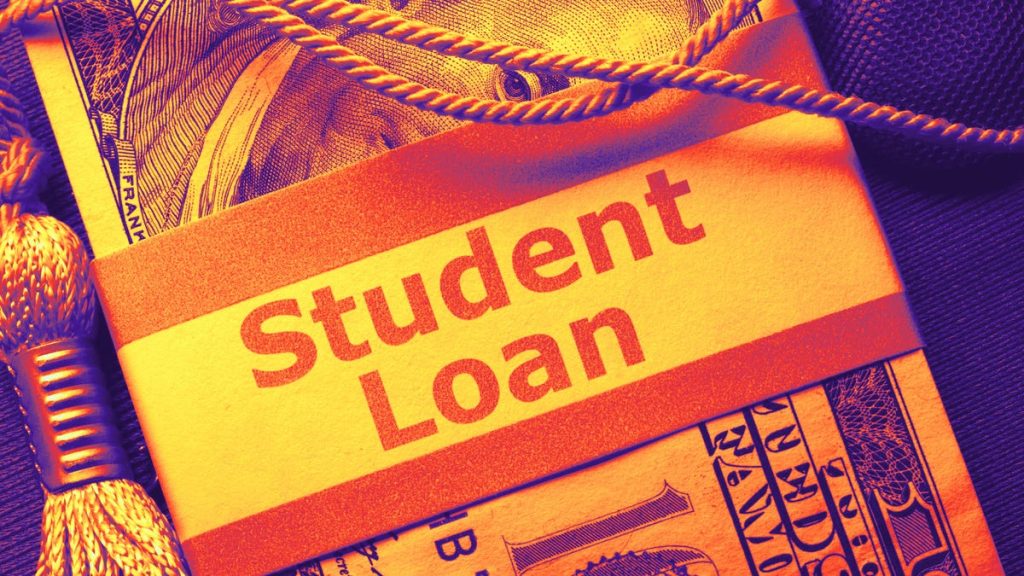The expiration of two important benefits for federal student loan borrowers is approaching, with the student loan repayment “on-ramp” and the Fresh Start program ending on September 30. These benefits were implemented in response to the pandemic, which paused federal student loan payments from March 2020 to October 2023. The on-ramp allowed borrowers to prepare for resuming monthly payments without facing delinquency or default, and missed payments were not reported to credit bureaus. However, starting October 1, missed payments will count against borrowers, potentially damaging their credit score and leading to default, collections, and other negative consequences. Interest still accrued during the pause, and skipping payments prevented progress towards debt repayment and loan forgiveness programs.
The Fresh Start program, which provides borrowers with a way to get their student loans out of default, will also be closing on September 30. Borrowers are encouraged to enroll in the program online or over the phone by the deadline to have their loans returned to good standing. By applying for Fresh Start, the record of default will be removed from the credit report, and borrowers will regain access to repayment plans and forgiveness programs. If borrowers in default do not apply for Fresh Start by the deadline, benefits such as pausing collection attempts and restoring access to Federal Student Aid accounts will end for their defaulted loans.
Federal student loan borrowers are advised to review their loan status, sign up for automatic payments to avoid missed bills and receive an interest rate discount, discuss options with their loan servicer if they are unable to afford payments, and explore methods to get loans out of default, such as consolidation or rehabilitation. The potential consequences of defaulting on student loans, including wage garnishment and damage to credit score, underscore the importance of managing education debt effectively. Borrowers should also consider the PSLF Buyback program, which offers loan forgiveness after ten years of public service work. Eligible individuals who have already completed ten years of service may be able to “buy back” months spent in deferment or forbearance to meet the requirements for PSLF.
As the expiration of COVID-era benefits and restrictions on access to income-driven repayment plans looms, borrowers should take proactive steps to manage their federal student loans. Checking loan balances, interest rates, and repayment status, signing up for autopay, discussing options with loan servicers, and exploring program options like PSLF Buyback can help borrowers navigate the changing landscape of student loan repayment. It is essential for borrowers to be informed about their loan status and available options to avoid default and its potential consequences. By taking steps to stay on top of their student loans and explore alternative repayment solutions, borrowers can work towards financial stability and debt repayment success.


